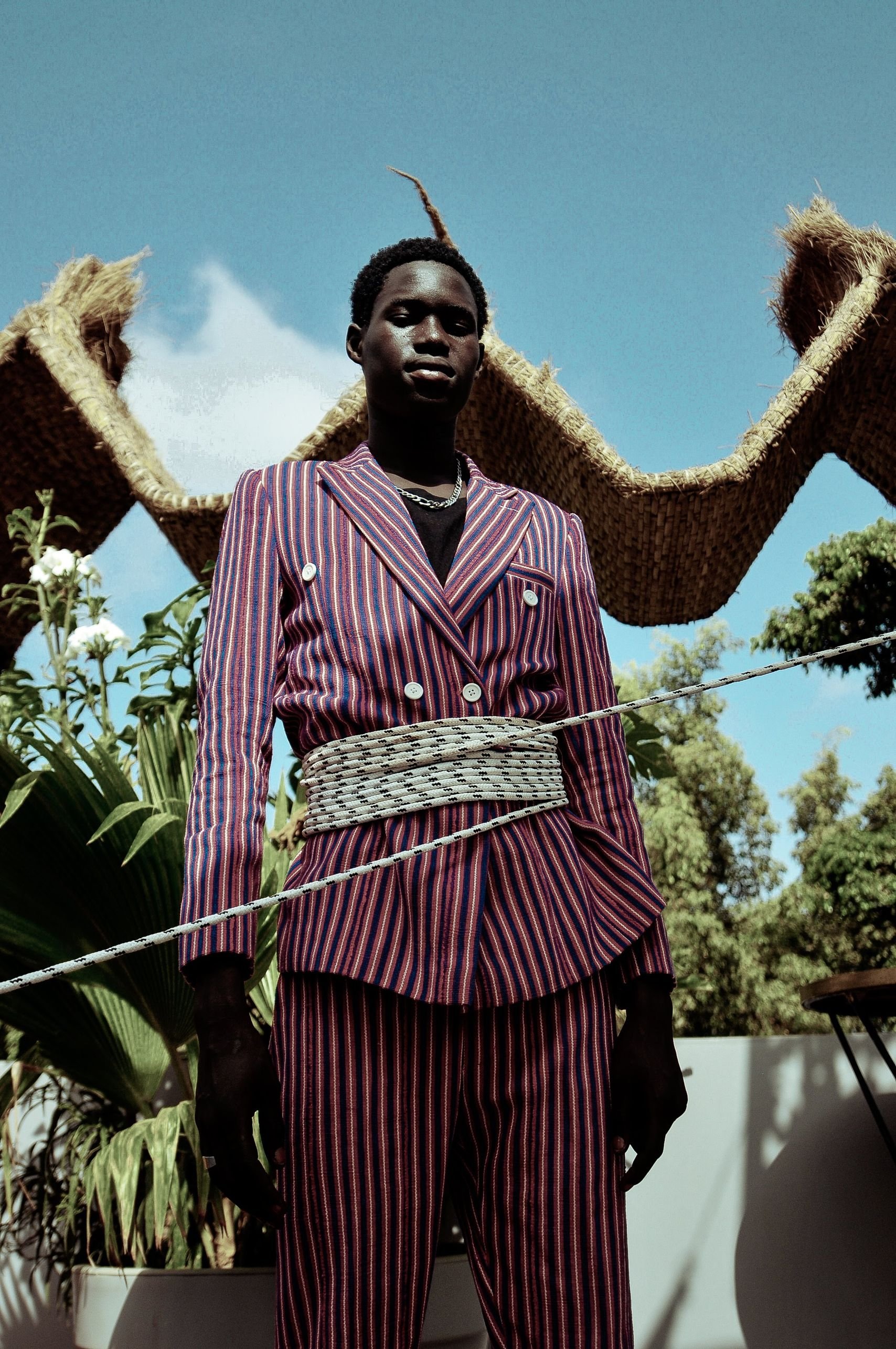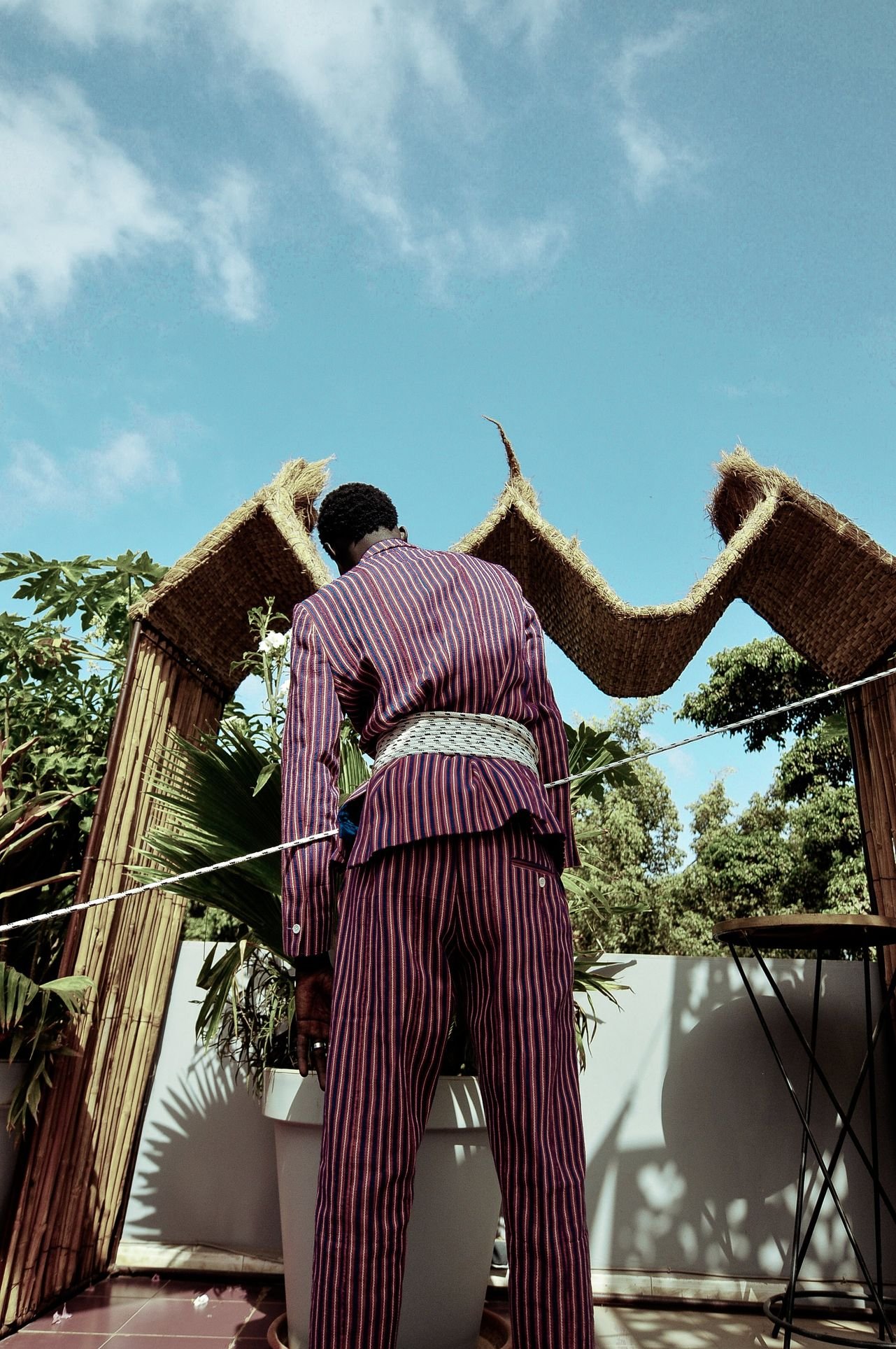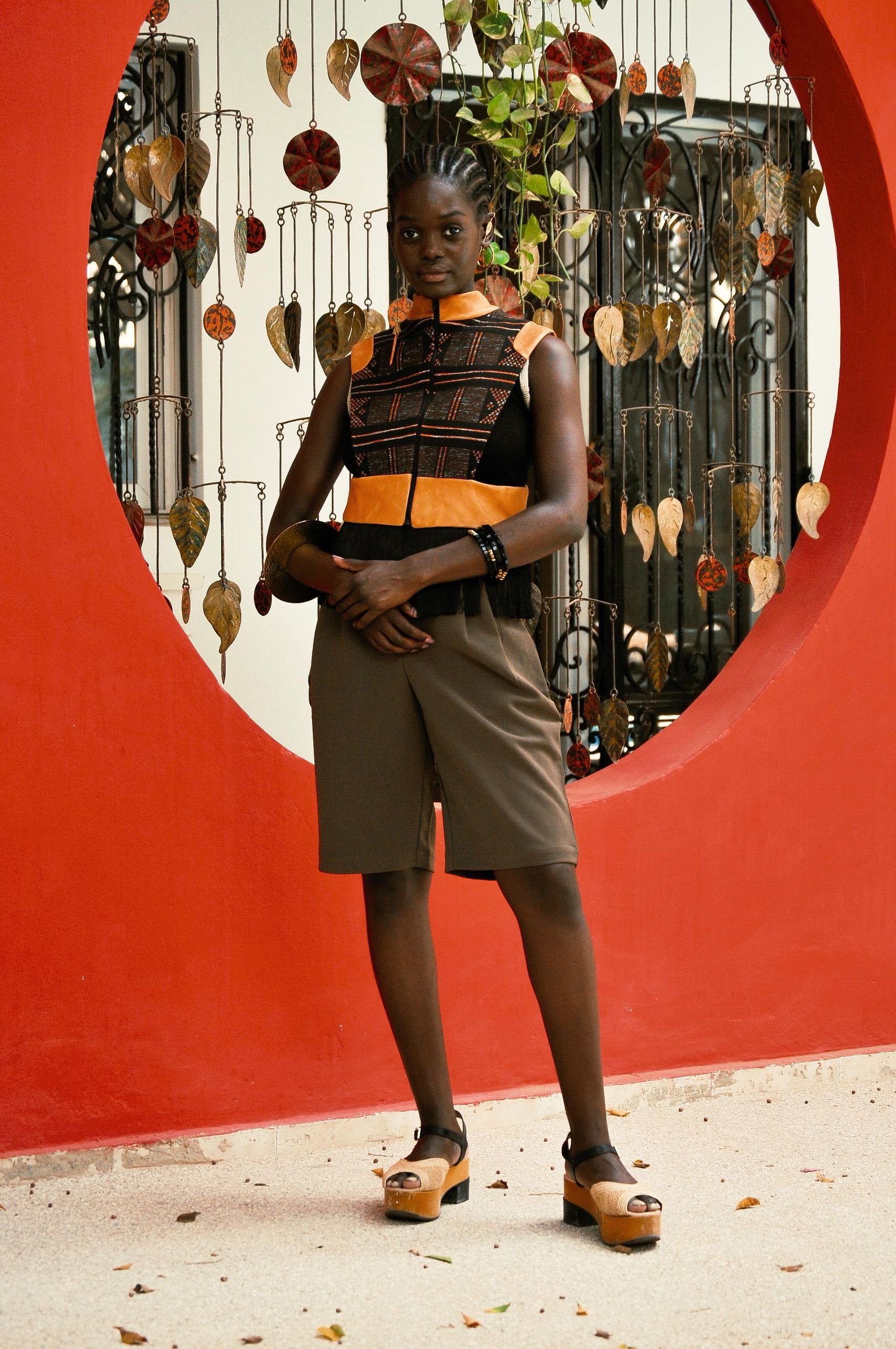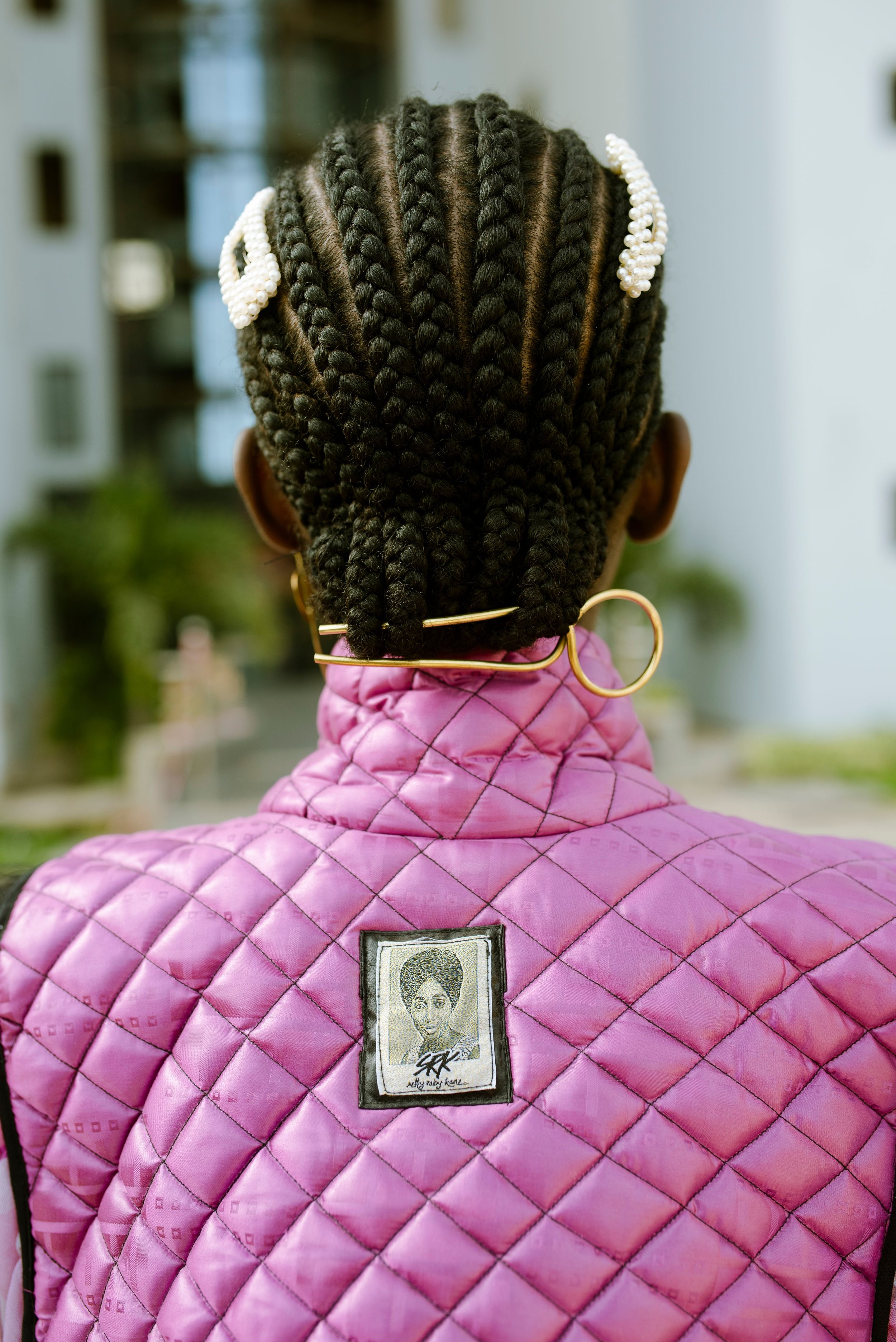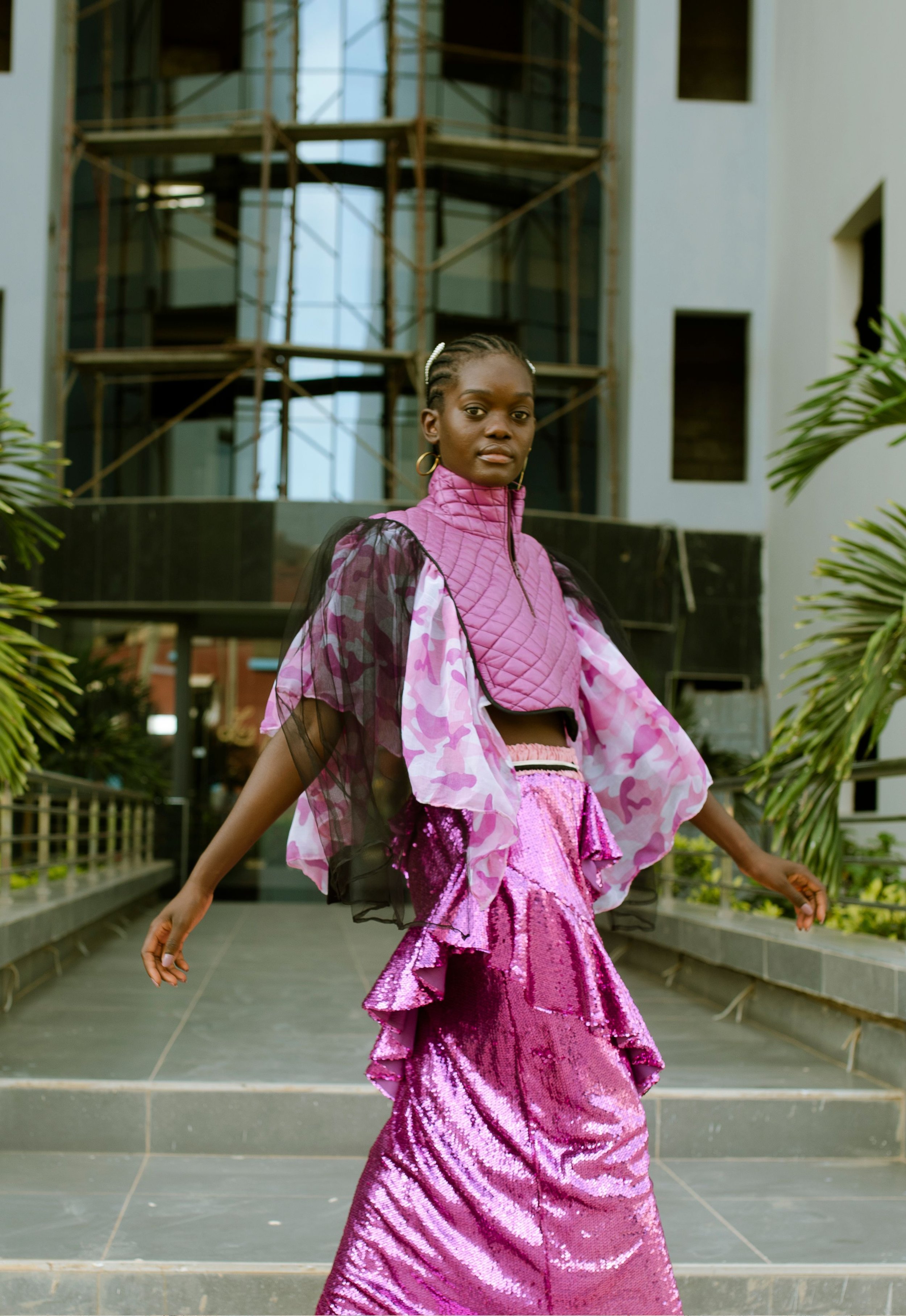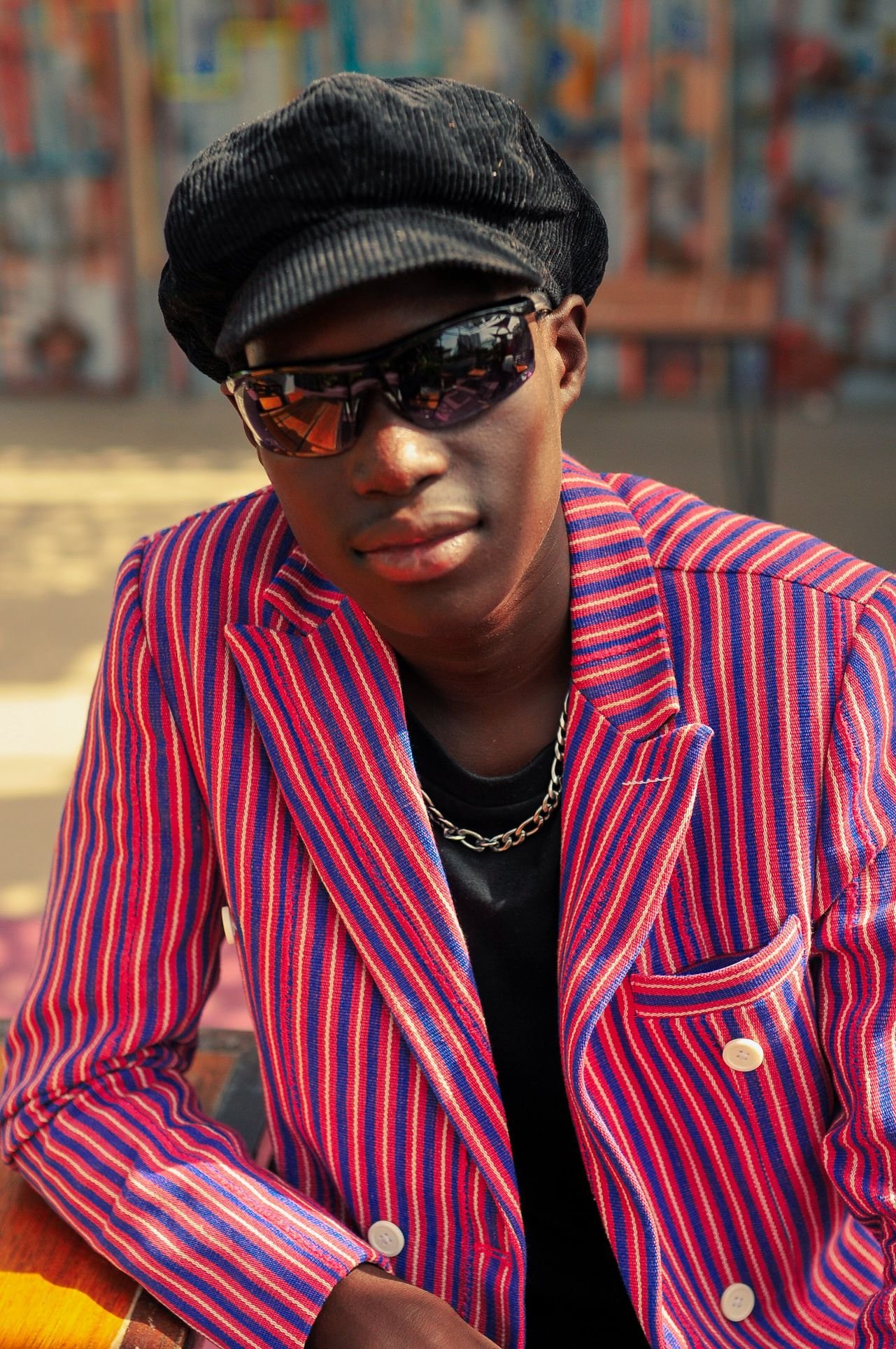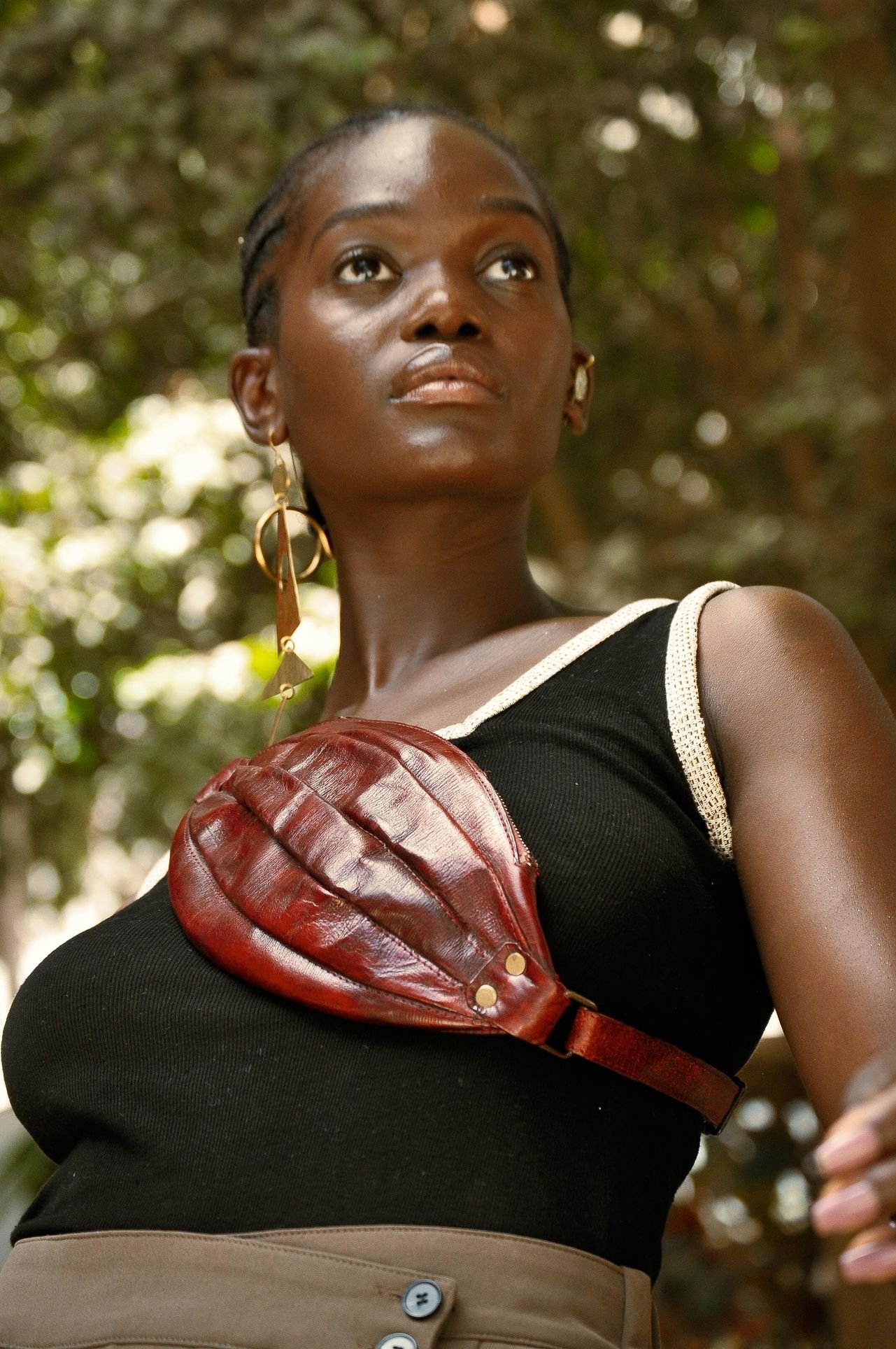WËR, Exploration Meets Creativity in Dakar
Home to many precious artisans — including tailors, jewellery makers or textile weavers, global fashion brands including Tongoro or Anima Iris, and countless artists spanning across multiple creative disciplines, Dakar’s bubbling creative flair is undeniably as varied as it is fascinating.
We’ve recently had the pleasure of witnessing the triumphant return of the Dakar Biennale after the Covid-19 crisis, the sumptuous twentieth anniversary of Adama Paris’ Dakar Fashion Week and the globally acclaimed Chanel Métier d’Arts show. Not to be outdone by the big players, independent initiatives scattered across the city, from Dakar Lives, to designer Selly Raby Kane’s Muus du Tux, and designer Sophie Zinga Sy’s Dakar Design Hub, are contributing even more broadly to Dakar’s creative and cultural glory.
It’s in this context that new platform Noir Concept made their debut with a rich OFF Dak’Art Biennale programme last year and is back at it again with a collaborative editorial, WËR. Keeping up with her desire to duly honour Black African artists, designers and creators through a vast array of events and media production, founder Reyana Sow partnered with Platform’s founder Koura-Rosy Kane to catch sight of Dakar’s creative dynamics.
In this enlightening discussion, multi-talented creative director Koura-Rosy Kane teaches us about the history of Ouakam as she sheds light on the very specific choices behind WËR.
To what extent is Ouakam symbolic of Dakar?
A large community of the Lébou people of Senegal, who were traditionally fishermen and farmers, used to live in Ouakam. The ancient neighbourhood has kept its Lébou heritage through the many generations of families who have lived in its houses.
I find it especially inspiring. Its history and location by the seaside gives it a very unique charm and aesthetic, which we wanted to celebrate in this editorial. It has not always been considered part of Dakar as it is today. But gentrification has done its work. It has massively expanded today and monuments such as La Mosquée de La Divinité have emerged.
How does the Lébou history of Ouakam make it the special neighbourhood it is today?
The Lébou people historically have very structured social dynamics and mechanisms. Administrative and political functions were spread through different lineages to avoid any concentration of power. They had their own republic and government throughout history. They are known today for being a very independent community connected to their land and roots. Their history and ideology really make me feel that they are a truly unified and organised community.
Having Senegalese heritage myself, I truly think their values and visions can be relevant tools to build the future of the Senegalese society. As a group that also fought for independence, we could take inspiration from them to reach emancipation from the still very present neo-colonial ideology and culture in Dakar, and many other African cities today.
I always feel that going back to endogenous cultural concepts—as opposed to referring to external systems which are not necessarily relevant to the Senegalese context—and adapting them to our contemporary context will help build new systems that will free the continent from persistent Western influences.
Tell us more about the Loman Art gallery. Why did you choose this specific place as a backdrop for your story?
Loman Art Gallery is one of these traditional and ancient houses nested in the streets of Ouakam. More than a gallery, it’s also a space where creatives can meet and create events around their practices and passions. It has its own ecosystem. In a way, it parallels the Lébou way — between unification and independence. It’s a very fascinating place that contributes a lot to Dakar’s creative scene.
The gallery is an initiative of Loman, an Australian born in Cape Town who moved to Dakar in 2007. As she started feeling Dakar was home to a dynamic contemporary art scene, she decided to open her home to collective exhibitions alongside her own work. Her exploratory and experimental flair is spread over the gallery. Her story and vision is a good representation of the type of creatives coming to Dakar with the goal of contributing to the art industry.
How do creativity and exploration meet in WËR? And what can we take from this story?
Our desire to explore and experiment in terms of aesthetics and designs with this editorial translates in the name: WËR, meaning “exploration” in Wolof language. Exploration is the most present characteristic of Dakar’s creative scene. There is no creativity without exploration and vice versa. Both notions inform each other to create perfect harmony through their codependency. Loman’Art’s underlying dialogue between creativity and exploration made it the perfect place to shoot. We wanted it to exude the harmony present between the different yet dependent creative industries of Dakar and show how creativity coming from different worlds can merge to drive a unique narrative.
Like many Africans, Reyana and I want to celebrate local creation and Afro creativity at large; our cultures, artists, designers and creatives. We aim to build this narrative that has for a long time been manipulated by external actors, take back control, and be able to give our communities the opportunity to be proud of our cultural products.
WËR Credits
WITH SPECIAL THANKS TO
FKoncept, Muntu Design & Loman Art Gallery
PHOTOGRAPHY
Abdou Cissé
Alioune Sene
PRODUCTION
NOIR CONCEPT
CREATIVE DIRECTION & STYLING
PLATFORM
DESIGNERS
Selly Raby Kane
Kente Gentlemen
Sokolata
Sarayaa
Nio Far
Adele Dejak
Ingie Paris


